'We've really hit the jackpot now': While Biden revisited his Irish heritage, I found mine
- Oops!Something went wrong.Please try again later.
This story was first published in USA TODAY's This is America newsletter, which features opinions on news, race and identity from a panel of diverse hosts. Sign up for This is America here, and then check out our full slate of newsletters.
DUBLIN — Joe Biden's visit to the Emerald Isle was more family voyage than foreign policy, allowing the president to soak in the stories from Ireland passed down to him from his mother and grandparents.
My trip to Ireland, as a White House correspondent, was supposed to be about following Biden.
Yet in the end, I found my own history.
As Biden revisited his mother's Irish ancestry – the Finnegans in County Louth and the Blewitts of County Mayo – I discovered the story of my Irish ancestors: The Dobbin family, who came in 1824 to rural Washington County, New York on the southeast edge of the Adirondacks along the Vermont border.
"We've really hit the jackpot now," Kayleigh Bealin, research manager and genealogist at the Irish Family History Centre, told me as we pieced together clues on the final day of my weeklong visit.
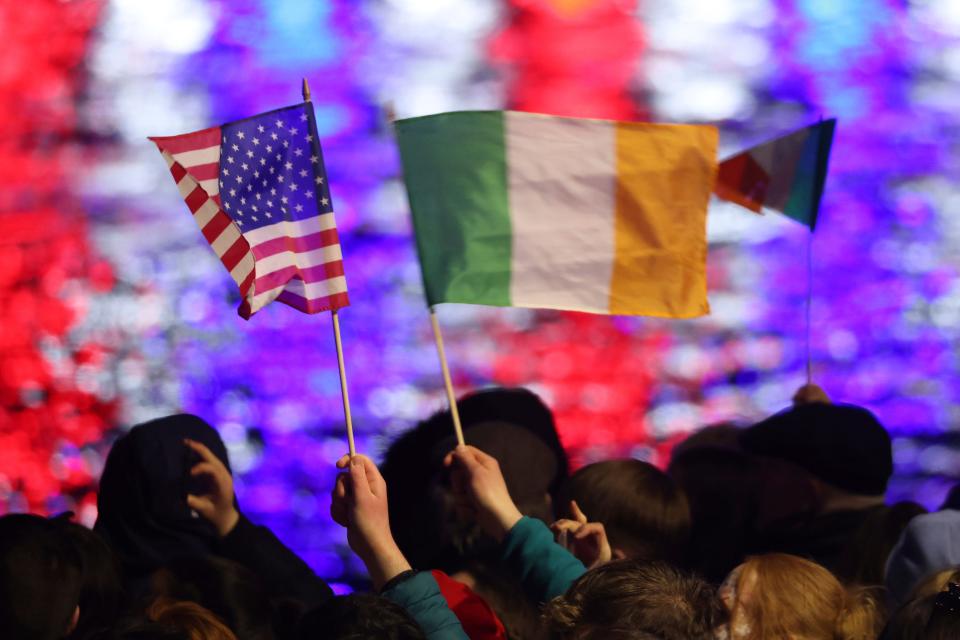
The story of so many Americans
In preparation for my trip, I interviewed experts at the Irish Family History Centre for homework on Biden's Irish lineage. It was for a story on how Biden embraces his Irish roots to shape his political identity and appeal to the working class.
The center's genealogists traced Biden's history on the then-vice president's behalf in 2016. Ten of Biden's 16 great-great grandparents were from Ireland, with most moving to the U.S. in the mid-19th century to escape the Potato Famine that ravaged Ireland.
"There's so many Irish Americans, like my relatives, who got to America in 1844, ’45, and ’46, who’ve never been back here," Biden told reporters in Dublin. "You hear all these stories about what it was like back in Ireland."
MORE: Like Joe Biden, half of US presidents had Irish roots. But not all Ireland trips went well.
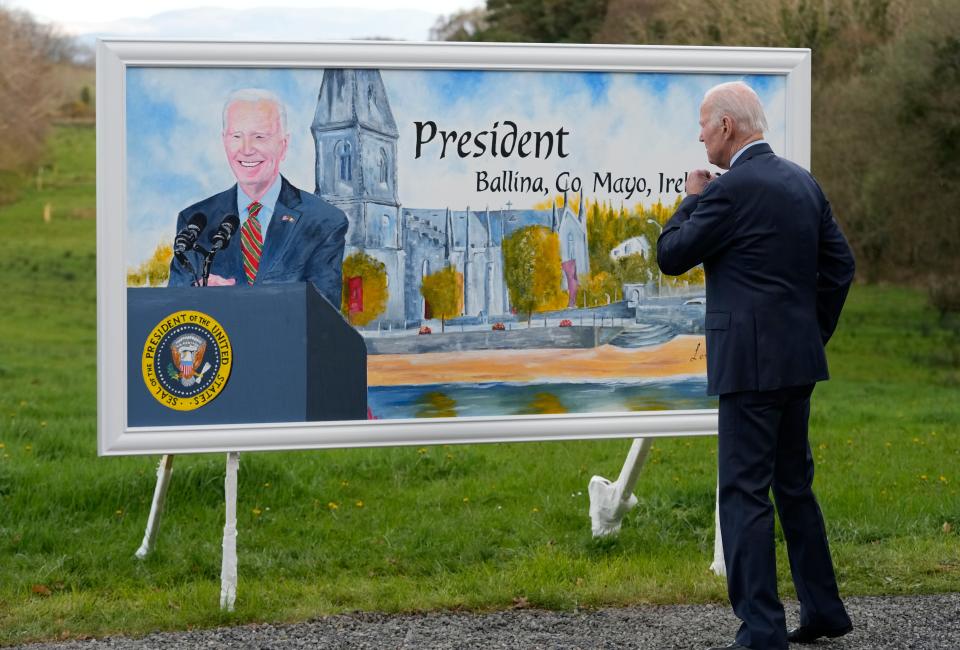
Unlike Biden, I didn't grow up hearing Irish tales and sayings. I was told my family was a mix of English, Scotch-Irish, French, and yes, some Irish. Perhaps the latter explains my red hair, I always speculated. I'm a hodgepodge of European ancestry – the story of so many Americans.
My ounce of Irish blood was enough for the center's experts to invite me to the center to conduct my own genealogy while I was in Dublin. So, before Biden left Friday for County Mayo, I stopped by their offices.
I sat across from Bealin and we started with what I knew from my dad: My great-great-great grandmother on his side of the family, Mary Dobbin Nelson, was born in 1815 in County Antrim, Ulster, Ireland – a part of the island that would later turn into Northern Ireland. And her husband, John A. Nelson, was born in Ireland in 1820.
But what else could we learn?
Turns out, quite a bit.
'THE MOST IRISH OF ALL PRESIDENTS': Joe Biden's roots and family tree
Irish naming pattern opens genealogical path
We quickly found a match on Ancestry.com: John A. Nelson, buried in Salem, New York, died in 1892 at 72 years old. He fought for the Union Army in the Civil War for the 123rd volunteer infantry regiment, according to his gravestone. Nelson and his family were farmers, just like his parents in Ireland.
Nelson came to the U.S. as a child from Ireland, as did his future wife, Mary Dobbin. Records from the 1860 New York federal census show the couple had eight children in Salem, New York, including one set of twins.
Then Bealin – who impressively breezed from one document to the next on her computer – told me something that blew the door wide open for our search: the Irish naming pattern.
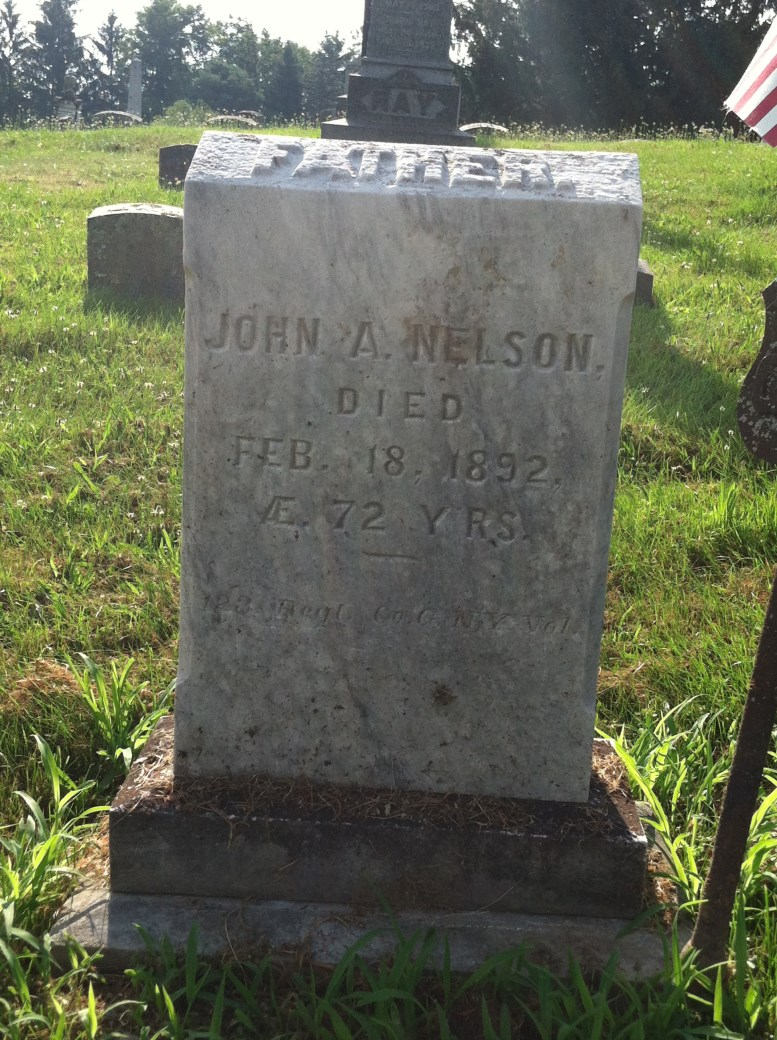
In an Irish family at this time, the first son would have usually received the name of the father's father. The first daughter would have been named for the mother's mother. The second son would have been named after the mother's father and the second daughter after the father's mother. And so on.
That pattern helped us figure out that Mary Dobbin's parents were William and Margaret (a name that was later passed on to my grandmother, born in 1907) Dobbin. After moving from Ireland in 1820, they lived with their daughter, Mary, and son-in-law, John Nelson, at William Dobbin's farm in Salem, New York. The family's farm was valued at $1,200, a substantial amount in the 1850s.
'SIMPLE DIGNITY': How President Biden's visit to Ireland tells the story of 'Blue-collar Joe' back home
A new life in the US after religious persecution in Ireland
As one discovery uncovered another, I kept thinking about the remarkable odds of history – how, if not for the daring decision of the Dobbin family to uproot from Ireland, I wouldn’t be here today.
We learned that William Dobbin, my great-great-great-great grandfather, was born in 1771 in Ireland and died in 1858 in New York at 88 years old, an incredibly old age for the time that perhaps explains the strong Garrison genes. My grandmother died just a couple months shy of 100 years old.
From there, our search took a major turn. We determined that the Dobbins were Presbyterians, as detailed in an early 1900s book on the history of Washington County, New York.
Like Catholics, they would have been subject to penal laws in the 1700s that barred both groups from public office and refused to recognize their marriages, among other restrictions.
"William's life would have been really difficult back in Ireland," Bealin said. "I can only imagine what New York must have been like for him. It would have seemed like the quintessential American dream because he couldn't have achieved what he did back in Ireland."
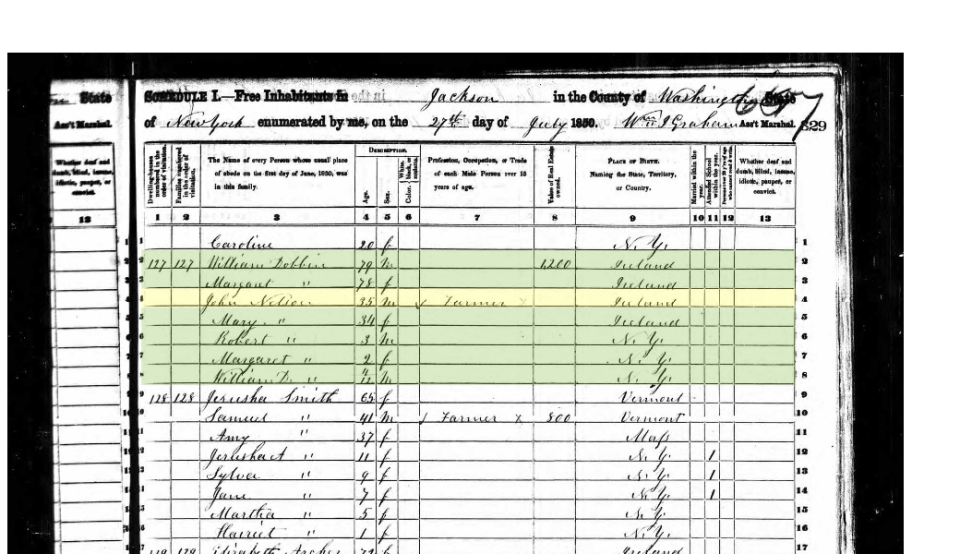
We began the research thinking my family, like many Irish Americans including Biden's, probably came to the U.S. to escape the famine.
It turned out they more likely came over to escape religious persecution against Presbyterians.
Later, my dad alerted to me a diary that William Dobbin wrote during his 1824 voyage to America that a distant family member posted online. William Dobbin described a trip of illness for most passengers on board, including several deaths, and long days that were dependent on the weather and wind. They landed in Montreal before coming to New York.
"O! My friends, if you know my feeling at this moment you would indeed pity your poor friend," William Dobbin wrote. "My only support is the assurance that a hair of our heads cannot perish without our Heavenly Father’s notice."
Finding exactly where my Irish ancestors lived
I imagined what the dreams of William Dobbin and his family were like as they journeyed to America and wondered what they might think about me writing their story.
William Dobbin, according to the same book on the history of Washington County, New York, was the son of John and Mary Dobbin – my great-great-great-great-great grandparents – of Ireland.
John Dobbin was born in 1740. The Dobbins lived in the townland of Conogher in the tiny parish of Ballymoney in County Atrim, present-day Northern Ireland.
Then we found it on the map: the exact one-square land where my Irish ancestors lived, at least since the early 1700s, and perhaps even longer. It was a farm, where they would have lived in small stone houses, next to the Bush River.
"This explains everything," Bealin said. "They landed in the States and they instantly became farmers because that's what they grew up with."
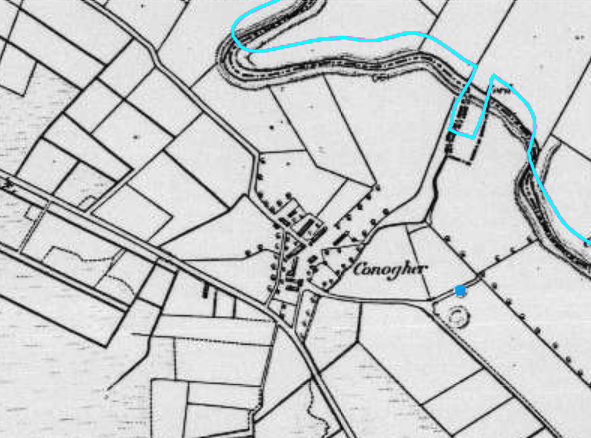
We searched Griffith's Valuation, which details Irish property records, for the Dobbin name. An 1820s map showed two small settlements of houses and roadways next to the farm.
Two hundred years later, those same two villages have survived and are still working farms.
Remarkably, the map also indicates a nearby ancient rath – a burial ground or other monument – suggesting the area has been inhabited for thousands of years.
'NORTHERN IRELAND WILL NOT GO BACK': Biden calls for sustained peace amid political unrest
We reviewed the DNA records of Dobbins whose information is available on the genealogical testing company Family TreeDNA. It suggests the DNA line goes to Norway, meaning my family is likely a Viking lineage. People in this part of Ireland typically trace back to across the North Channel to Scotland, consistent with my Scotch-Irish roots I've long been told about.
"You have a very cool family," Bealin said as we wrapped up our session. "I'm a little jealous."
In just about an hour and a half, we traced one line of my family back to the 1600s with glimpses of the Viking Age.
Not bad for a morning's work, but it was time for me to catch my flight out of Dublin.
For my next trip, though, I now know my destination: Ballymoney in County Antrim – the home of my Irish ancestors.
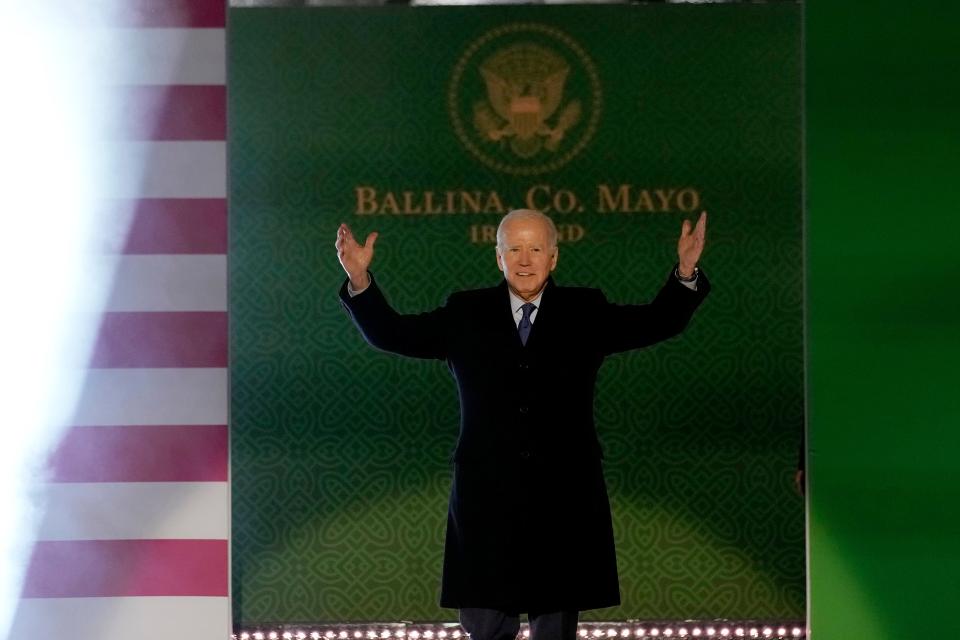
Reach Joey Garrison on Twitter @joeygarrison.
This article originally appeared on USA TODAY: Joe Biden in Ireland: Finding my heritage during the president's visit

